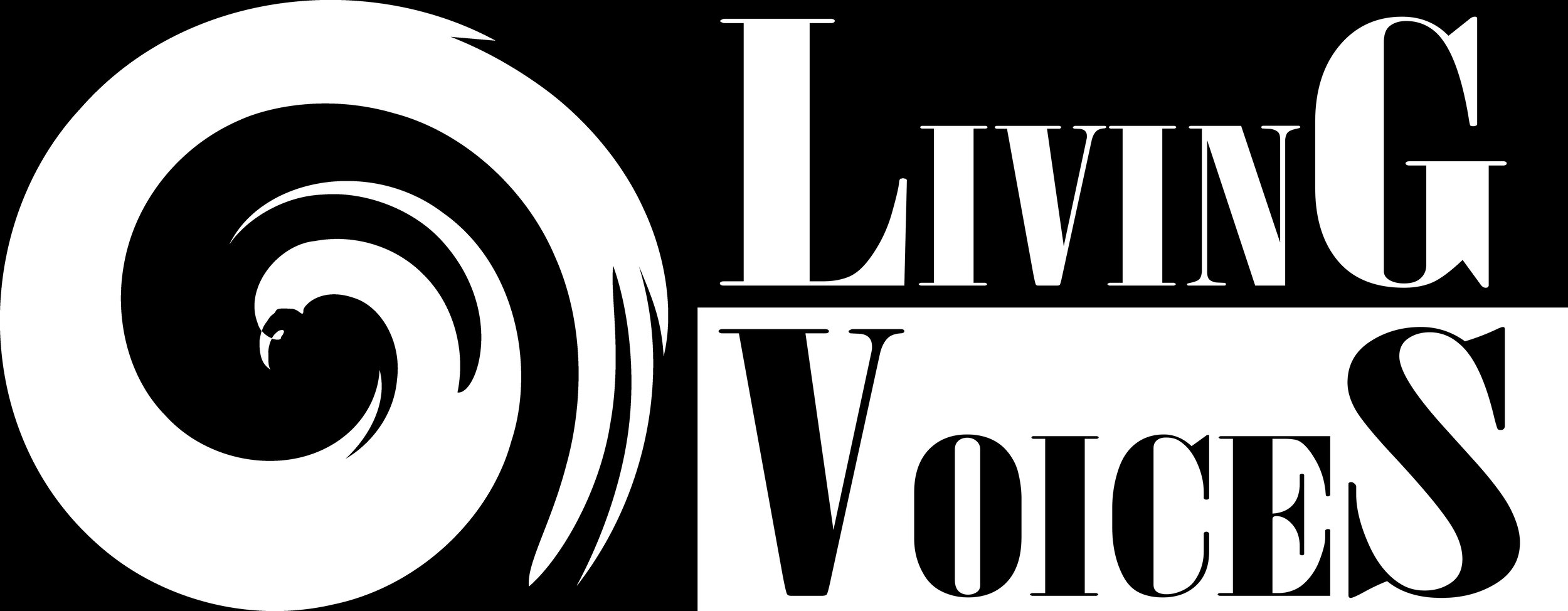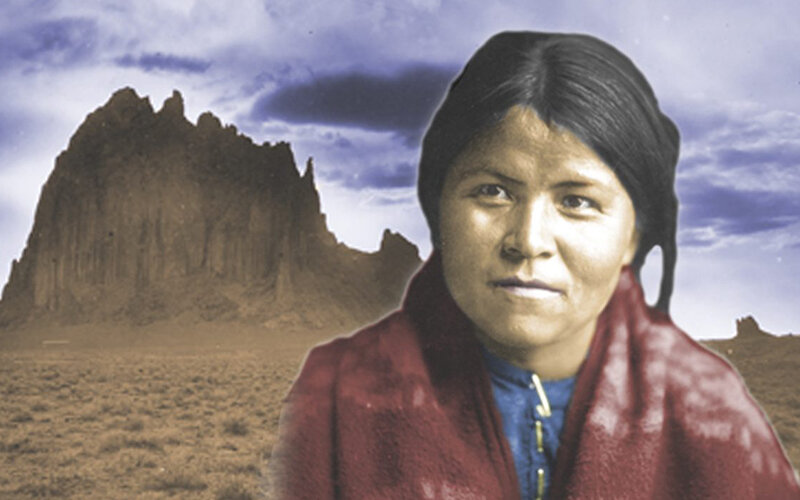Living Voices Presents Native Vision
Wednesday, March 24, 2021 - Wednesday, June 30, 2021
Free At-Home Video Performance (watch from home at your leisure)
Show suitable for grades 4+, 30 min in length
Download Native Vision Teacher’s Guide
Download Native Vision Bibliography
Funding generously provided by Suquamish Foundation
Preview Video: https://youtu.be/BQF-wVltqes (also below)
The experience of Native Americans in the 1930’s and 1940’s. A Navajo girl explores her family’s past while struggling to keep her culture in a government-run boarding school. Her vision of becoming a modern healer in a changing world is brought to life as her community joins the U.S. in World War II.
Native Vision focuses on the story of Alice Benally, a young Navajo girl who is taken from her home and placed in a government-run boarding school during the 1930s, as part of a government effort to “civilize” Native American children into mainstream society.
Growing up, Alice and her cousin Carl learn the stories of previous generations and these schools. Their grandmother was sent to Carlisle Indian School in Pennsylvania, the first of the off-reservation boarding schools. These children were isolated from their families, forced to speak only English and to break all ties with traditional life. Alice and Carl are sent to a boarding school located on the Navajo reservation, allowing them to return home to their family in the summers.
Healing traditions have been passed down to Alice through her family. Her grandfather, father and uncle are all hataali, medicine men. Her mother and grandmother also teach Alice about traditional healing plants and remedies. At boarding school, Alice is put to work in the infirmary, and later encouraged to pursue a career as a nurse. After high school, she attends the Sage Memorial Hospital School of Nursing, established exclusively for training Native American women as nurses. Alice strives to find a balance between Western medicine and the Navajo traditions of healing.
When World War II breaks out, Carl is eager to serve, and enlists in a special program with the Marines, who are recruiting Navajo men from the reservation. When Alice graduates from nursing school, she decides to join the Navy and is ultimately stationed at the Naval hospital in San Diego, where she is able to see Carl during his training. Before shipping out to the South Pacific, Carl reveals to Alice his work as a Code Talker, but swears her to secrecy.
When the war ends, Alice returns to the reservation with Carl, who tells her that the work of the Code Talkers is still classified information. Alice reflects on all the different kinds of healing she and her community need from their connections to the outside world, and what she can do to help as a healer from both worlds.
Through Alice’s experiences of fighting to retain her culture and traditions within unfamiliar and sometimes hostile environments, we also hear the stories of her family, ancestors and tribe. These stories demonstrate the internal and external conflicts faced by generations of young Native Americans and parallel the broader history of Native American life.



